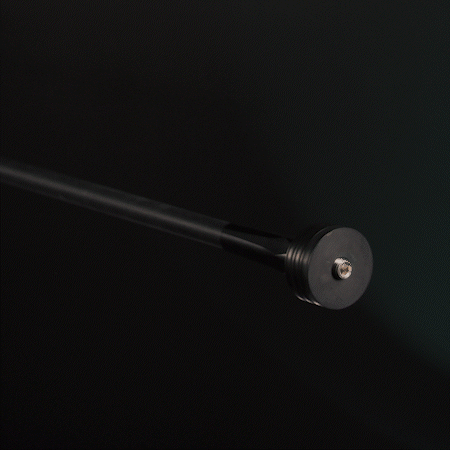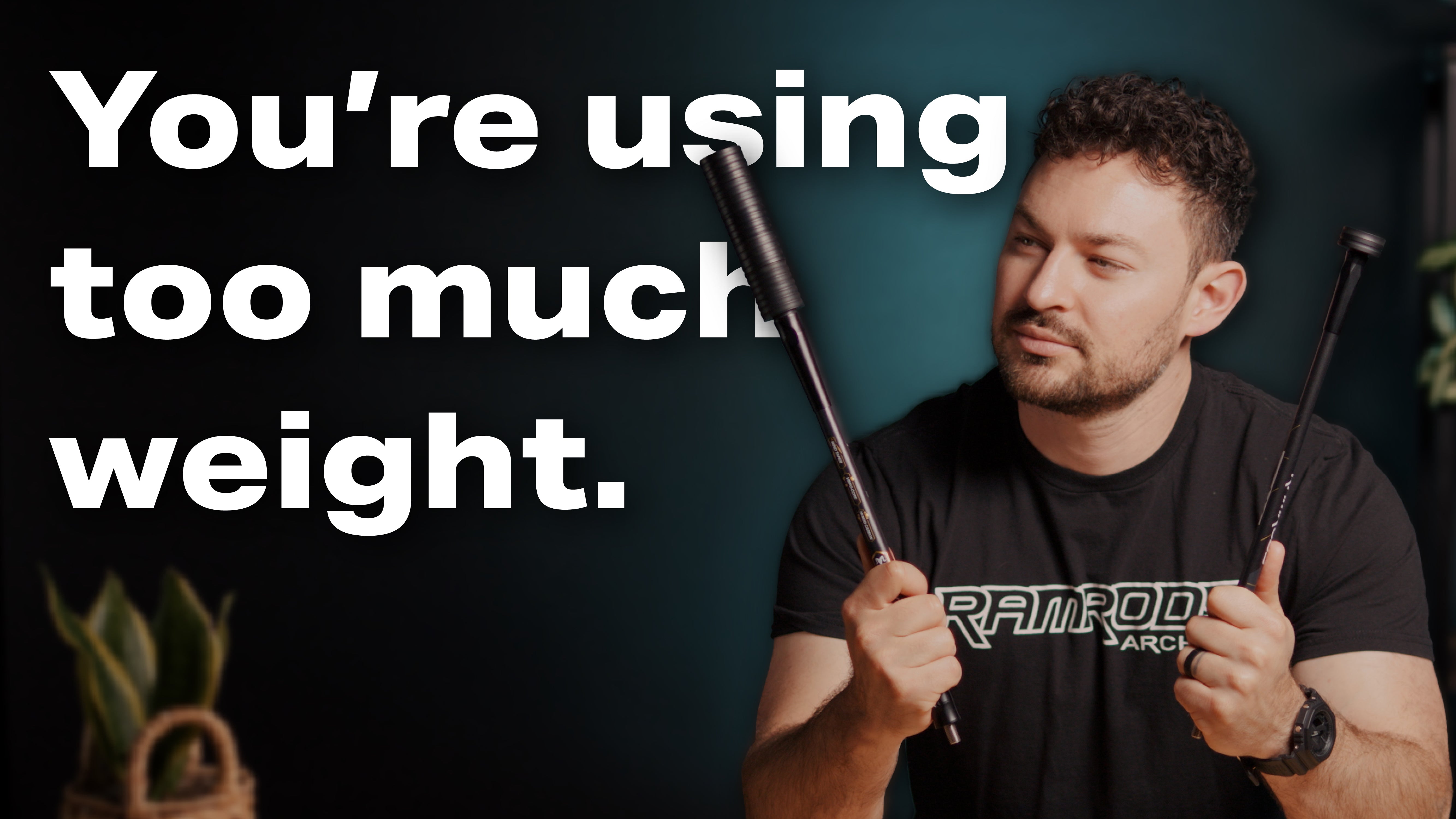how much weight should you use on your stabilizers?
A guide to stabilizer weights
When it comes to adding weight to your rods, how do you know how much to start with, when you're actually using enough, or how to even tell?
Spoiler warning: you might be using too much!
In this article we'll go in depth about how adding or removing weight can affect the feel of your bow, your aiming and hold, your training, and ultimately your scores. Follow along with the process outlined below and we'll help you figure out what is the perfect weight configuration that works best for your set up!
What can the right weight stack do for you?
If you want a balanced bow that will keep up with your shooting style and training volume, that can be achieved with some tinkering on your mass weight. The mass weight of your bow is going to affect how everything feels at full draw and the way your bow reacts after each shot.
It seems like the obvious choice is to shoot with a higher mass weight to get stronger. Makes sense, right? But if you shoot a bow that’s too heavy for you, how many arrows are you actually shooting with good form? With a lighter bow, you can increase your training volume (with good technique!) and thus improve faster. Build a solid foundation for yourself before you start building your weight stack.
*Mass Weight refers to how heavy your bow is to hold back - not to be confused with Draw Weight which refers to the poundage of your limbs and how heavy your bow is to draw back.
When should you add or remove weight?
removing weight

It's extremely common for archers to be shooting with mass weight that is too high for them; some reasons for that could be the initial steady aim or smooth sound. Or ego, but that can be worked on too. After all, increasing too much mass weight too fast can lead to worse shooting or injury in the long run.
If you're finding it difficult to maintain your posture during your session, it could be a sign to remove an ounce or two. Whether you're beginning to lean backwards or your bow shoulder rising, these are some of the tells that your mass weight might be too high. Your sight pin shouldn't be dragging you down, and your technique should still be strong after a 200 arrow session.
adding weight

Jumpy or twitchy bows aren't fun either. If you find aiming erratic or your bow a bit difficult to control, it could be helped by adding a bit more mass weight to your bow. Especially in the wind, a heavier bow will give you a better feeling of control by giving you more stability over your equipment.
A bow with more mass weight may also sound better; adding weight can soften the response from your stabilizers, allowing them to absorb more vibration from the bow.
How to effectively test a different weight stack
Before you start
If you think you're ready to start making changes to your mass weight, there’s a few things to do first. Are you warmed up? Are your practice ends feeling good? Make note of how your form feels.
go time
Now it’s time to decide if you want to try adding or removing weight. If a 200 arrow session is difficult, let’s try removing an ounce or two. If the movement in your sight pin is too jittery, let’s add a little weight. Just make sure that the overall front-to-back balance still feels stable.
Shoot your entire session with this change and take notes throughout. Does your technique feel better or worse? How are your groups? How fatigued do you feel? Did your aiming pattern begin to change?
Go about this process methodically and with patience. It can take time to see how a change in mass weight is really affecting you. Be sure and make only small changes at a time. This will key you in to subtle changes and teach you to be highly sensitive to your bow's feedback.
It also helps to record your sessions, taking note of what changes you made and any effects you noticed so you can look back on what you did.
Mass weight is not one-size-fits-all. Keep trying things out and keep archery fun and injury-free. No more ego shooting!


